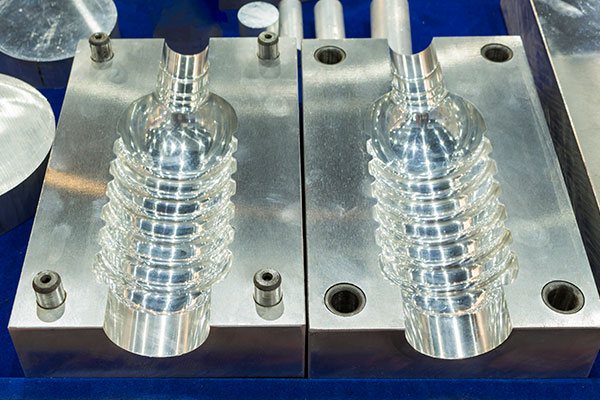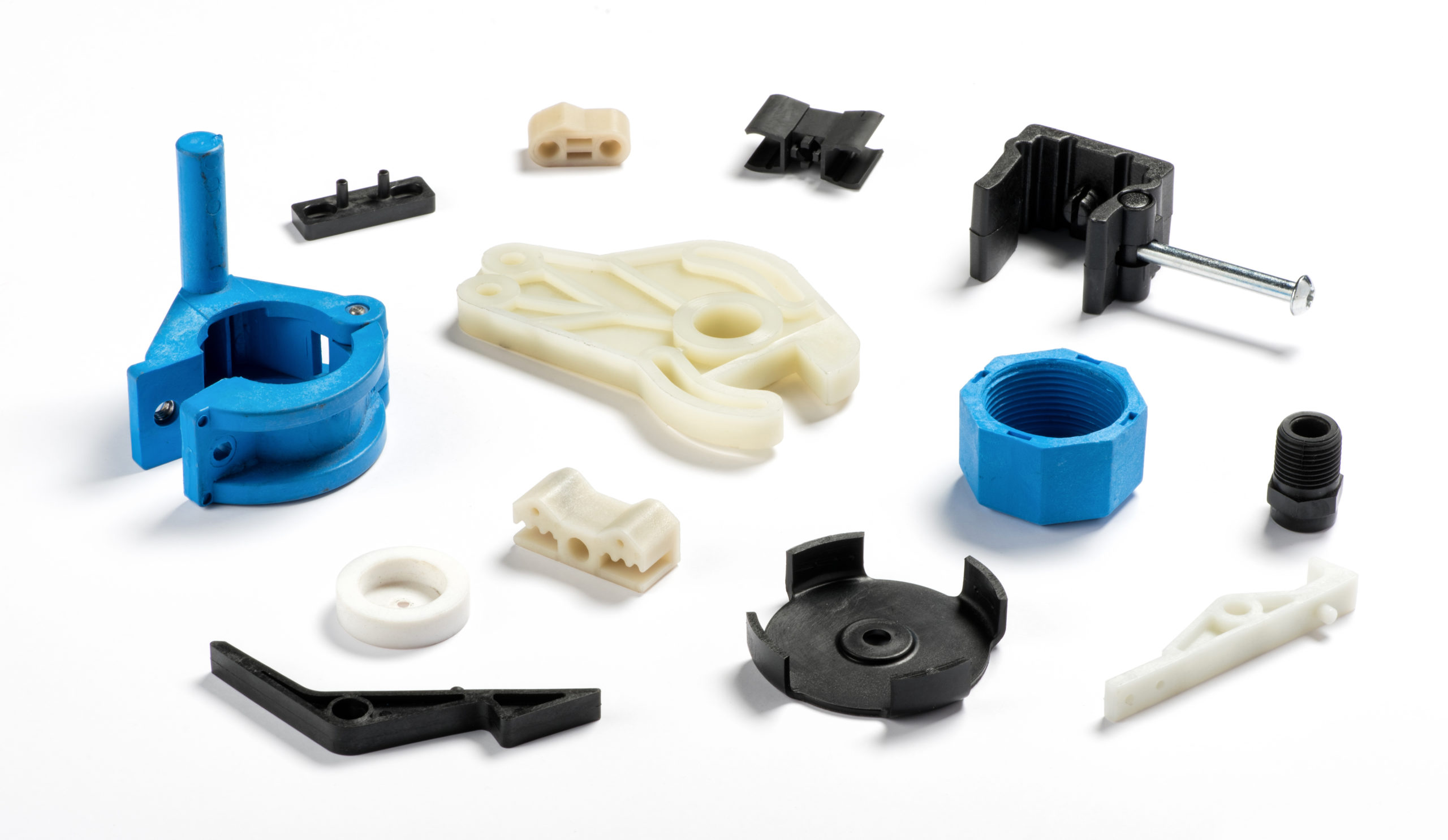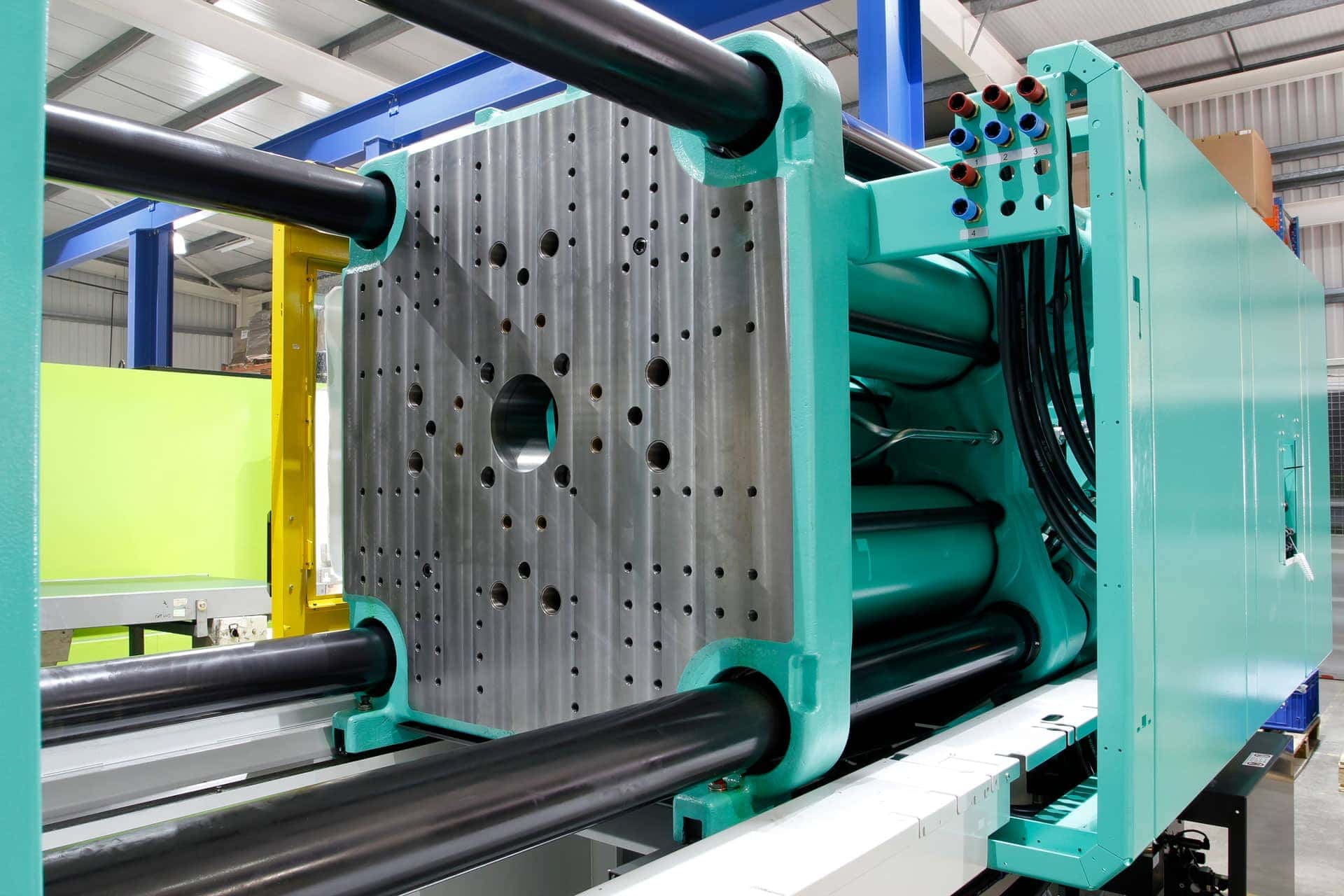Recognizing the Basics of Plastic Injection Molding Procedures
Plastic shot molding offers as a cornerstone of modern-day production, providing a methodical approach to creating complicated components with precision. Checking out these important elements can expose just how even small changes can lead to substantial renovations in production results, raising questions regarding the possibility for innovation in this established procedure.
What Is Plastic Injection Molding?
Plastic shot molding is a widely utilized production procedure that transforms thermosetting and polycarbonate products into specific and complicated forms. This technique is favored for its ability to produce high volumes of similar parts with remarkable accuracy, making it an essential method in different markets, consisting of auto, customer products, and medical devices.
The process entails melting the selected plastic material and infusing it into a mold under high pressure. The mold and mildew, developed to the specifications of the desired component, permits the molten plastic to materialize as it cools and solidifies. As soon as the product has actually solidified, the mold and mildew is opened, and the finished part is expelled.
Plastic shot molding offers a number of benefits, consisting of lowered waste, consistency in production, and the capability to include intricate layouts that may be testing with other producing techniques. Additionally, it supports a wide variety of products, each giving distinct properties that can be customized for certain applications. As markets remain to innovate, plastic shot molding remains at the leading edge, enabling the growth of innovative products that meet advancing consumer needs.
The Shot Molding Refine
The shot molding procedure is a sophisticated method that includes a number of vital stages to generate high-quality plastic parts. At first, plastic pellets are fed into a heated barrel where they are merged a viscous liquid. This molten plastic is after that injected under high pressure right into a precision-engineered mold and mildew, which shapes the product into the preferred kind.
Once the mold and mildew is filled, the plastic is enabled to solidify and cool down, taking the shape of the mold dental caries. Cooling time is critical, as it affects the cycle time and the final residential or commercial properties of the molded component. After enough cooling, the mold opens up, and the completed element is ejected utilizing ejector pins.

Materials Used in Injection Molding
Numerous products can be used in the injection molding procedure, each offering special properties that deal with details applications. One of the most typically utilized materials consist of thermoplastics, thermosetting plastics, and elastomers.

Thermosetting plastics, like epoxy and phenolic materials, undergo a chemical modification during the treating process, resulting in a rigid, inflexible framework. These products are excellent for applications requiring high warmth resistance and architectural stability, often made use of in electrical insulators and auto components.
Elastomers, including silicone and rubber-based materials, provide adaptability and durability. Their one-of-a-kind homes make them this hyperlink ideal for applications that require elasticity, such as gaskets and seals.
Additionally, specialty materials like bio-based plastics and composites are getting grip for their ecological advantages and boosted performance characteristics, broadening the range of injection molding applications in different markets. Recognizing the properties of these products is crucial for selecting the suitable type for particular projects.
Advantages of Injection Molding
Shot molding attracts attention as a very reliable production procedure that uses many advantages for producing complex parts with accuracy. Among the most significant benefits is the capacity to produce elaborate designs that would certainly be difficult or tough to accomplish with other methods (Plastic Injection Molding). The procedure enables detailed attributes and limited resistances, making sure high-grade parts
Furthermore, injection molding is understood for its fast manufacturing capabilities, making it a perfect selection for high-volume manufacturing. As soon as the mold is developed, parts can be created quickly, reducing preparations and boosting general performance. This effectiveness not only lowers production expenses but additionally offers an affordable edge in the market.
The convenience of materials made use of in injection molding additionally enhances its charm. A vast array of thermoplastics and thermosetting polymers can be employed, enabling suppliers to select products that ideal meet their details requirements, consisting of warmth, strength, and flexibility resistance.
In addition, the process reduces waste, as excess product can typically be reused and recycled. This sustainability aspect adds to a lowered ecological impact, making injection molding an accountable production selection. Overall, the advantages of injection molding make it a Learn More favored technique for lots of industries.
Factors Impacting Product High Quality
While many variables can affect item top quality in shot molding, recognizing these components is crucial for achieving optimal results. Key aspects include product option, refining criteria, and mold and mildew layout.
Product choice plays a crucial function, as different polymers exhibit unique residential properties that influence flowability, toughness, and thermal security. Insufficient material choice can bring about issues such as bending or insufficient filling.
Processing criteria, consisting of temperature level, cycle, and stress time, need to be diligently regulated. Variations in these settings can cause incongruities in component dimensions and surface area coating. As an example, exceedingly high temperature levels may cause destruction of the polymer, while insufficient pressure can cause short shots.
Mold and mildew style is equally vital, as it figures out the flow of the molten plastic and the cooling procedure. Badly designed mold and mildews may cause uneven air conditioning rates, causing residual stresses and dimensional mistakes.

Conclusion
In final thought, plastic shot molding acts as an important production process that allows the effective production of top quality components. Proficiency of the shot molding procedure, including the understanding of materials and the impact of numerous variables on item high quality, is important for achieving optimum outcomes. The advantages of this method, such as cost-effectiveness and layout adaptability, additional underscore its significance throughout several industries, strengthening its condition as a preferred selection for high-volume manufacturing.
Plastic injection molding offers as a keystone of modern-day manufacturing, providing a systematic method to producing intricate components with accuracy.Plastic injection molding offers a number of advantages, consisting of decreased waste, uniformity in production, and the capacity to integrate intricate layouts that may be testing with other producing methods (Plastic Injection Molding). As markets continue to innovate, plastic injection molding continues to be at the leading edge, allowing the growth of advanced items that meet advancing consumer demands
The shot molding process is an innovative technique that includes numerous essential phases to produce top notch plastic components.In verdict, plastic injection molding offers Check This Out as a crucial production procedure that enables the effective manufacturing of top quality elements.